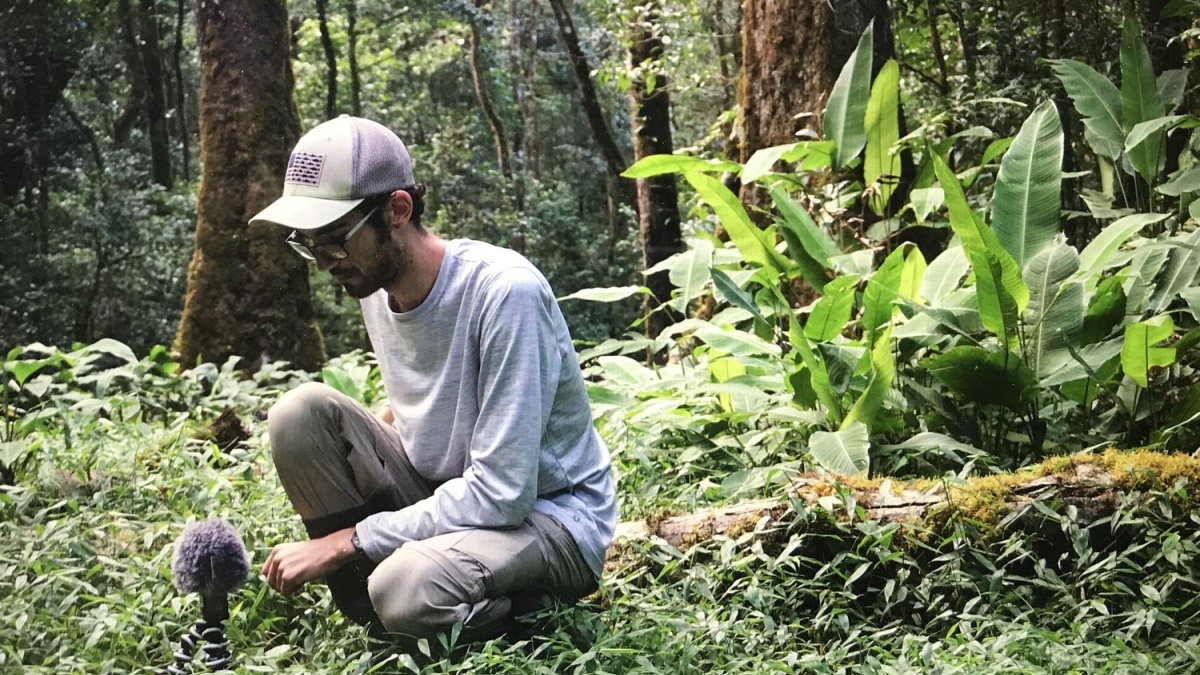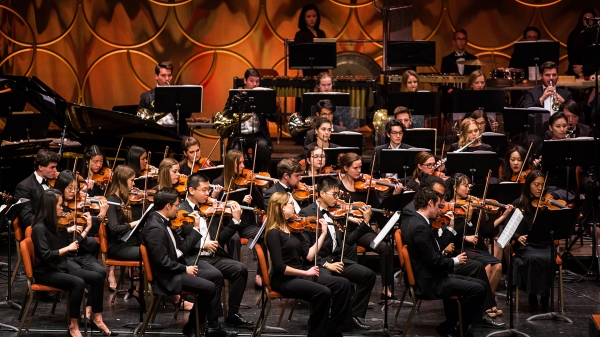ASU professor secures US patent for anti-poaching gunshot detection device

ASU alumnus Kyle Hoefer on location in Costa Rica. Photo credit: Kyle Hoefer
Arizona State University Associate Professor Garth Paine has been awarded a patent for a device his research lab developed that is capable of detecting gunshots in dense rainforests to help prevent illegal poaching of animals.
The patent covers a small microprocessor and listening device that is able to identify the sonic characteristics of a gunshot from up to a mile away. The device is then able to report the location of the detected shots to proper authorities.
The project initially arose out of a discussion between Paine and Jan Schipper, the field conservation research director at the Phoenix Zoo, on using data captured from camera traps to help prevent and document illegal poaching. The camera required a specific line of sight to detect and witness the perpetrators, and according to Paine and Schipper, the cameras were often sighted and destroyed by gunshots.
“I suggested that we could consider a solution that used sound and that this solution could be hidden higher up in the foliage of the forest and therefore be undetectable by the poachers,” said Paine, who is jointly appointed with the School of Music and School of Arts, Media and Engineering and director of the Acoustic Ecology Lab at ASU. “I undertook some initial research to develop a novel approach, which examined the vectors of change of particular parameters within the gunshot sound, determining a repeatable and specific patent that could be used to identify a gunshot as distinct from any other sound that might occur in the dense rainforest.”
Shortly after deliberations, Kyle Hoefer, an alumnus of the School of Arts, Media and Engineering and previous research affiliate of the Acoustic Ecology Lab, decided to continue his education by enrolling as a master's degree student under Paine’s guidance. Hoefer’s thesis quickly became prototyping and undertaking the early developmental stages of this gunshot detection device. As a result of Hoefer’s initial research, prototyping and data, the Phoenix Zoo contracted with the Acoustic Ecology Lab to continue further development and produce units for trial deployment in Costa Rica this May.
“My personal objective is to provide a system that is robust, easy for anyone to build and deploy and cheap to implement and use,” Paine said. “Current commercial gunshot detection systems cost millions of dollars and require expensive ongoing financial contracts to maintain and monitor them. This system will cost only a few hundred dollars per unit and can be built and deployed by anybody with intermediate electronics and computer science skills, typical of the skilled DIYer.”
Research and development is projected to continue over the next several years with the hope that these readily available devices will greatly benefit the protection of endangered species worldwide.
More Arts, humanities and education

Small press dealt big blow
A mighty rumble reverberated throughout the publishing industry late last month with the abrupt closure of a well-known book…

ASU Symphony Orchestra welcomes visionary conductor Jonathan Taylor Rush
Guest conductor Jonathan Taylor Rush will join Arizona State University’s Jason Caslor, director of bands, to lead the ASU…

Chemistry classes are key to art student's success
Amanda Barnette has a passion for art preservation. That means that, for the past four years, the Arizona State University…